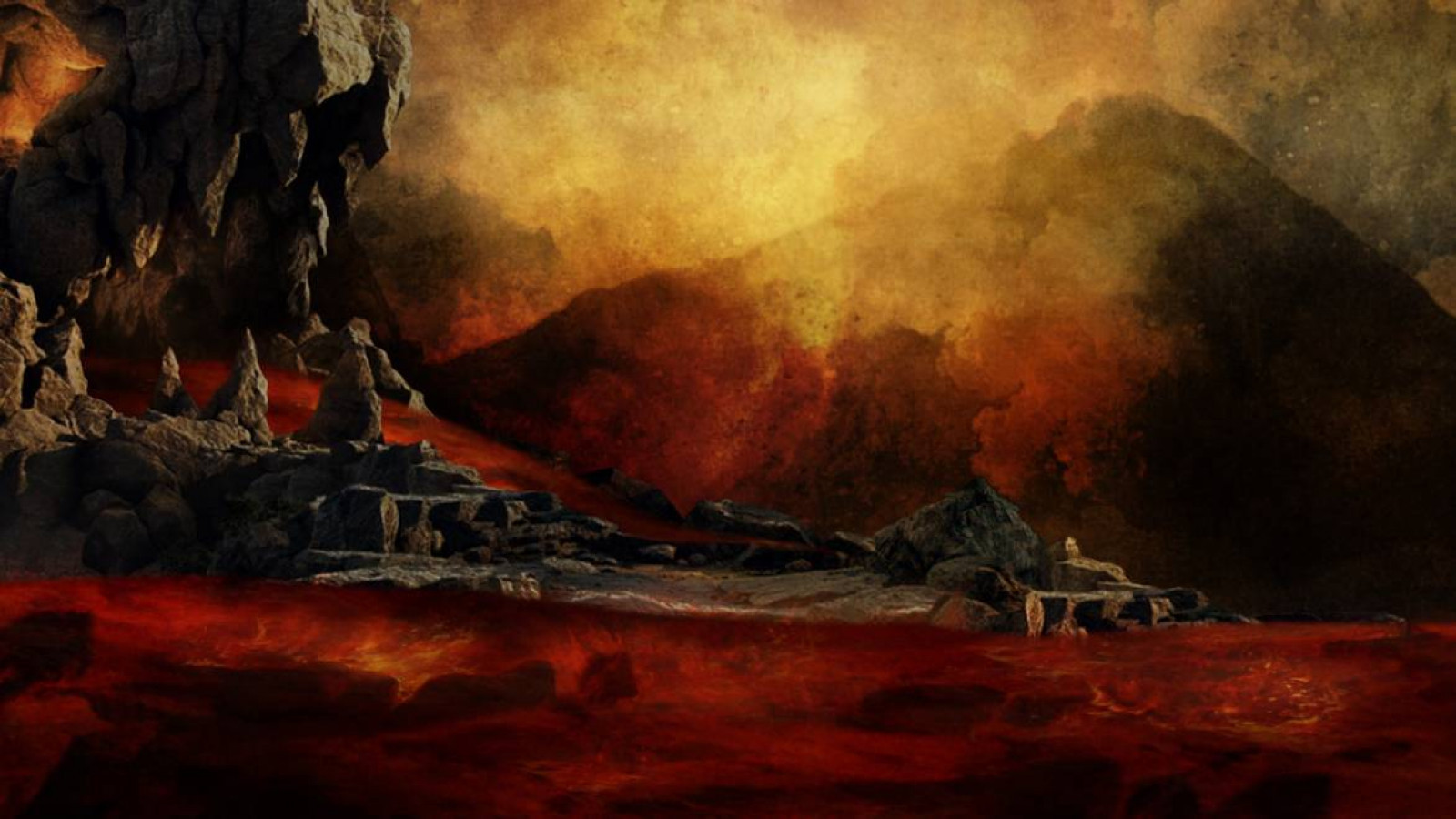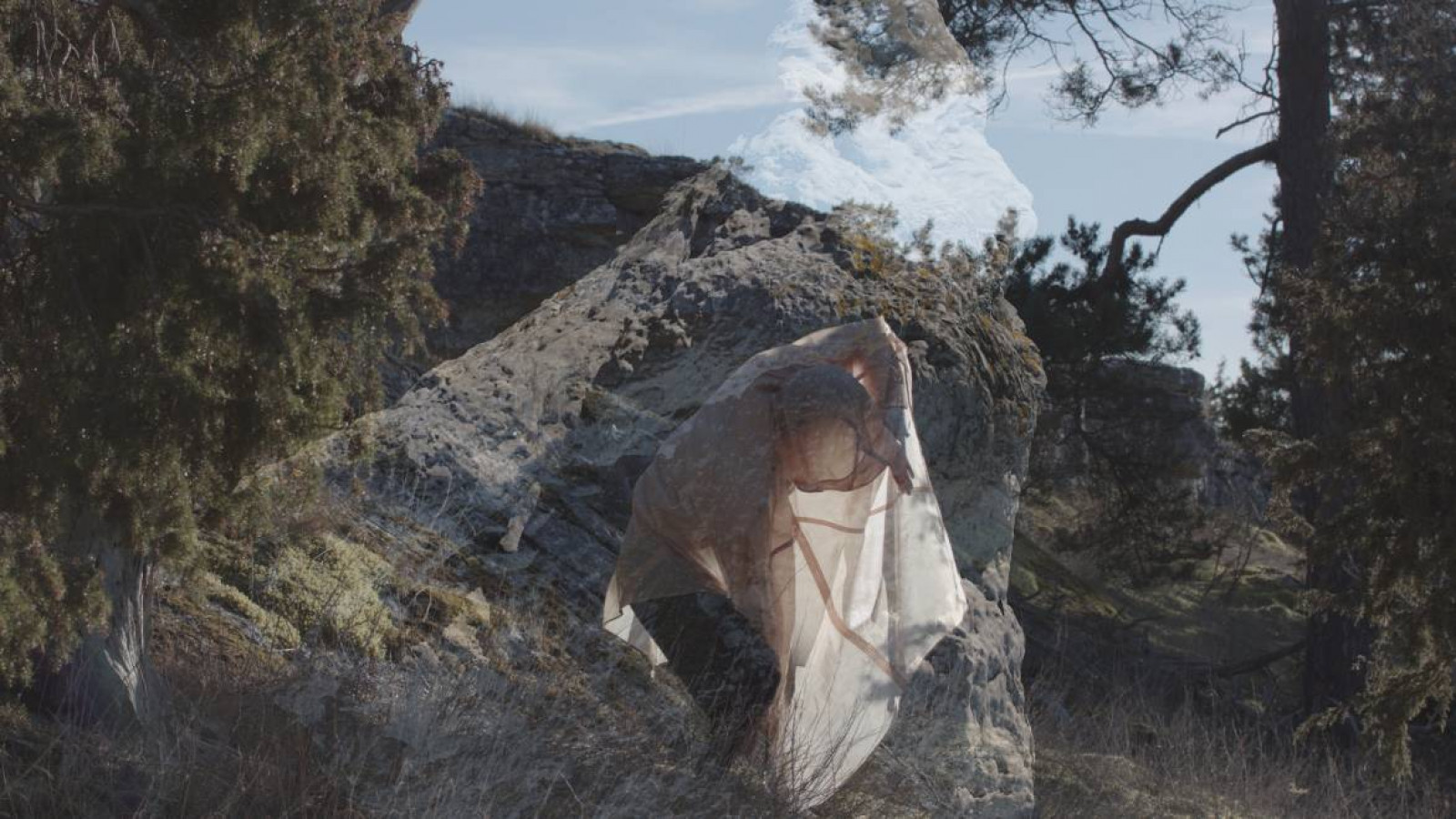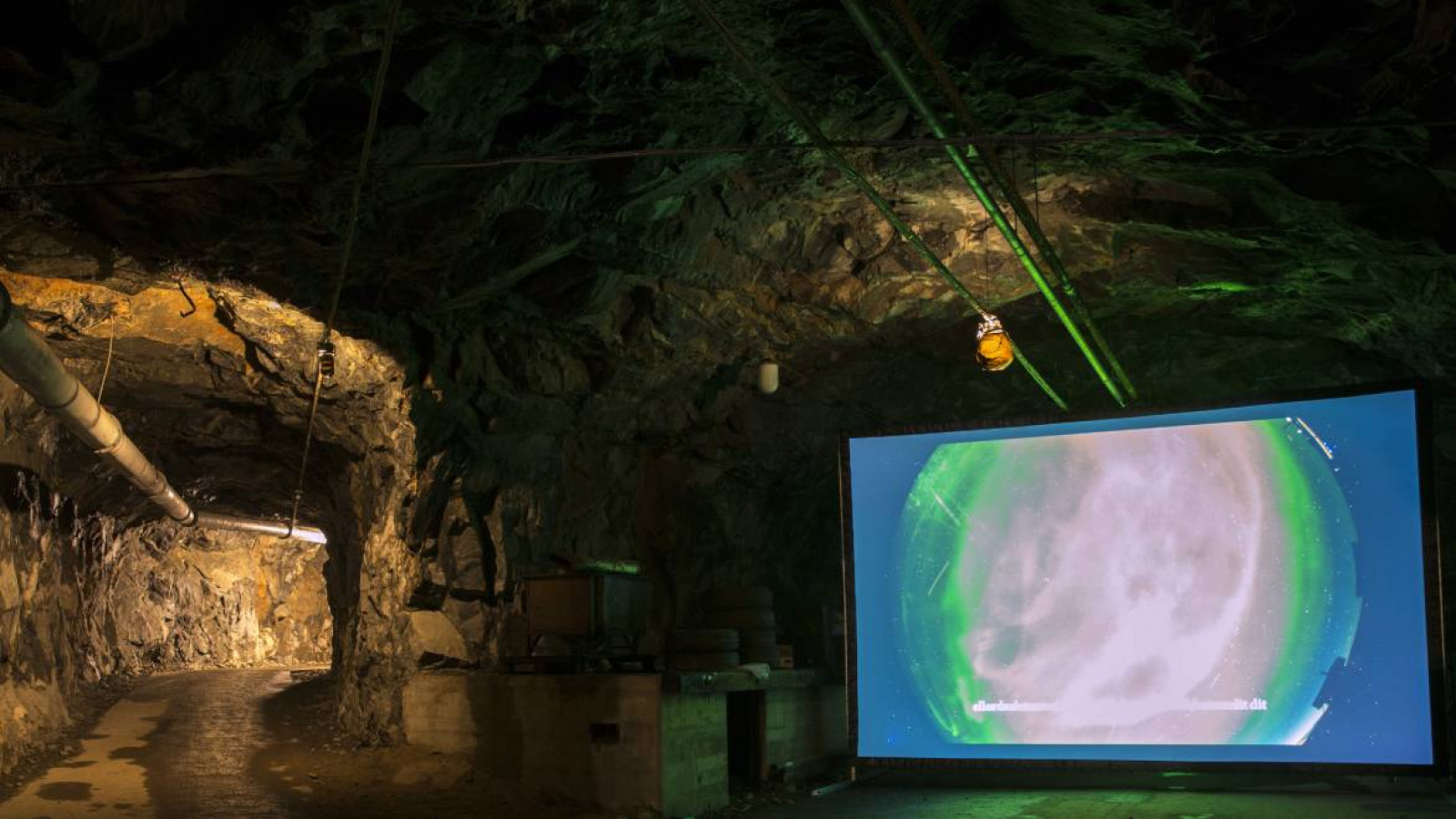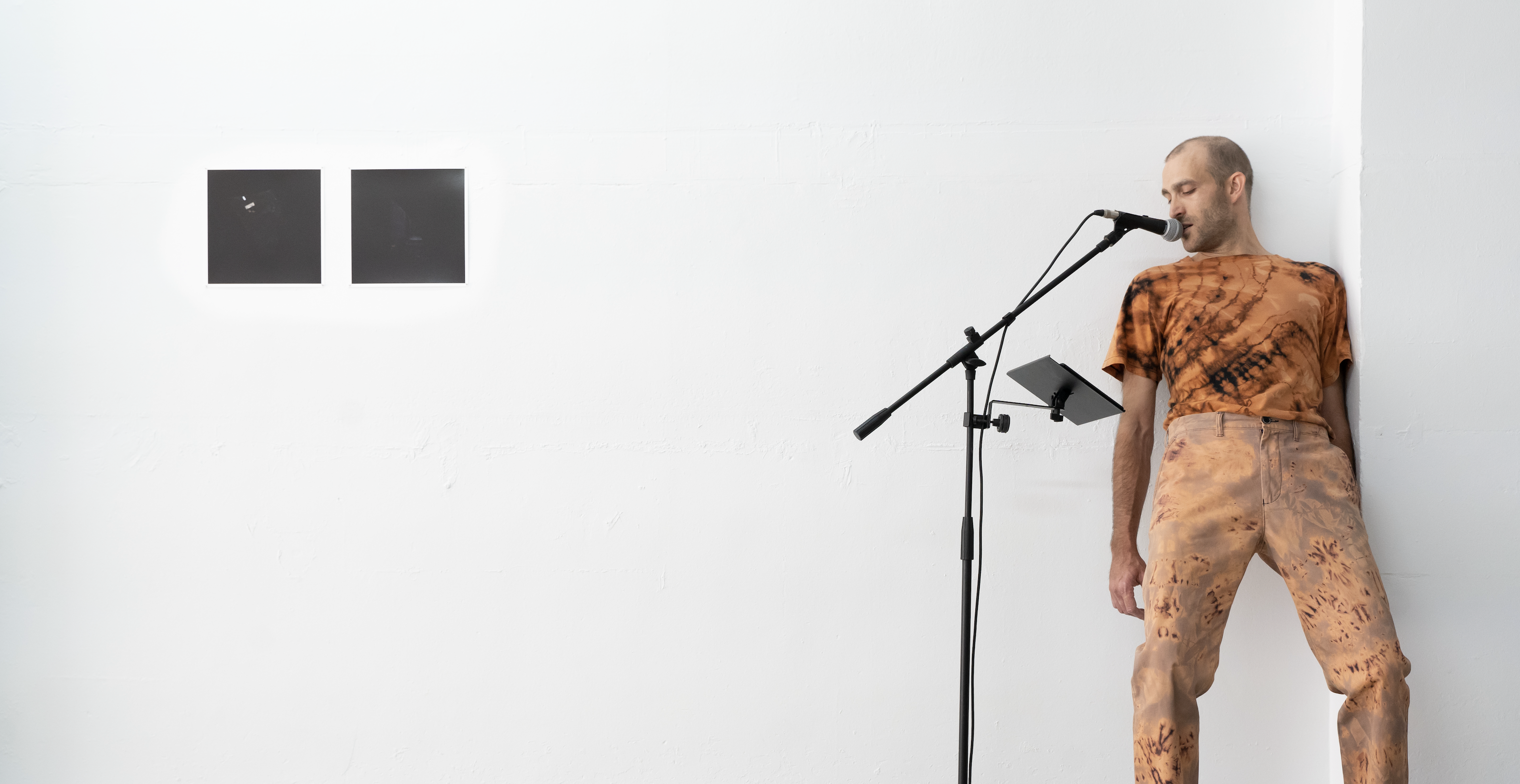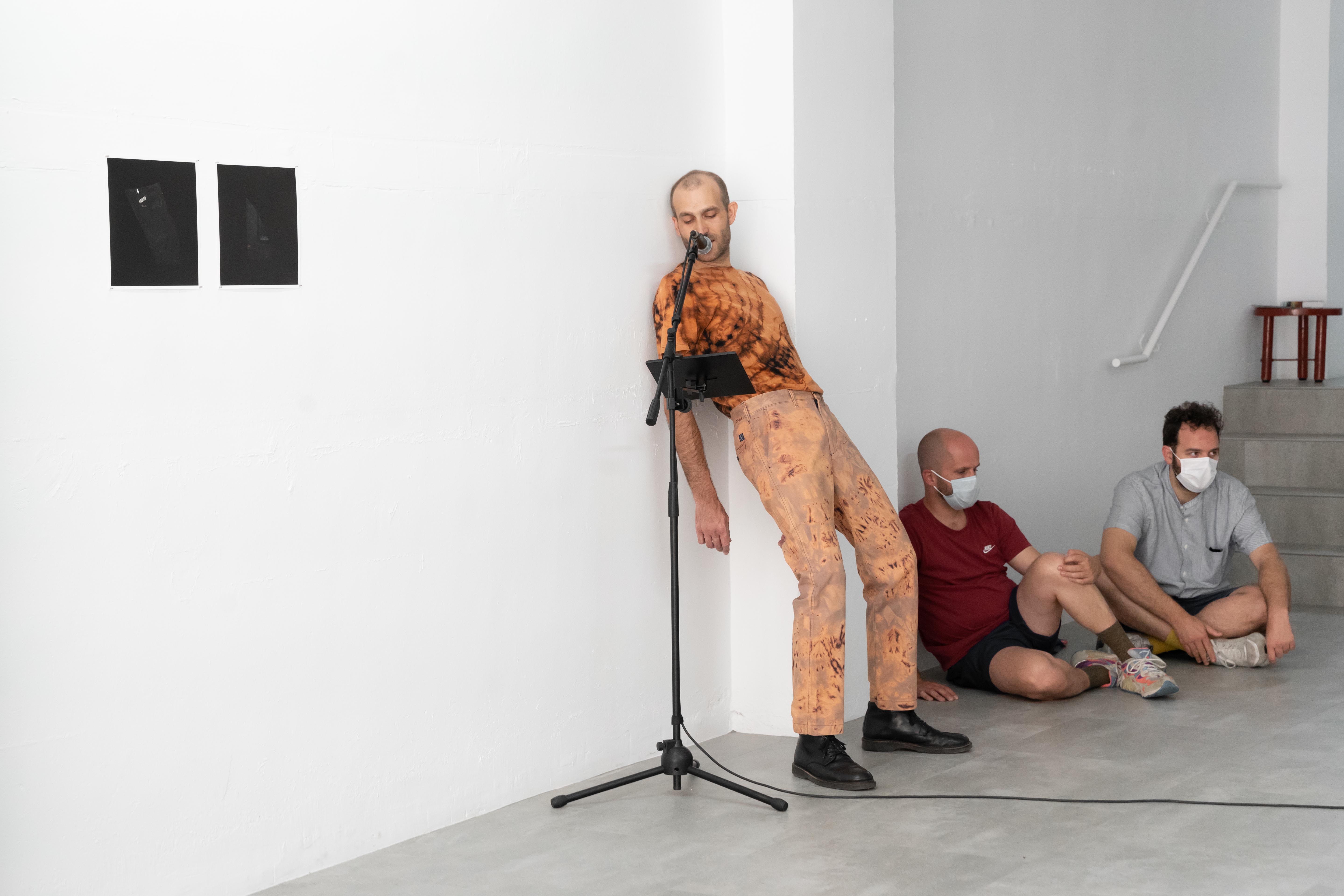PRECIOUS STRATA
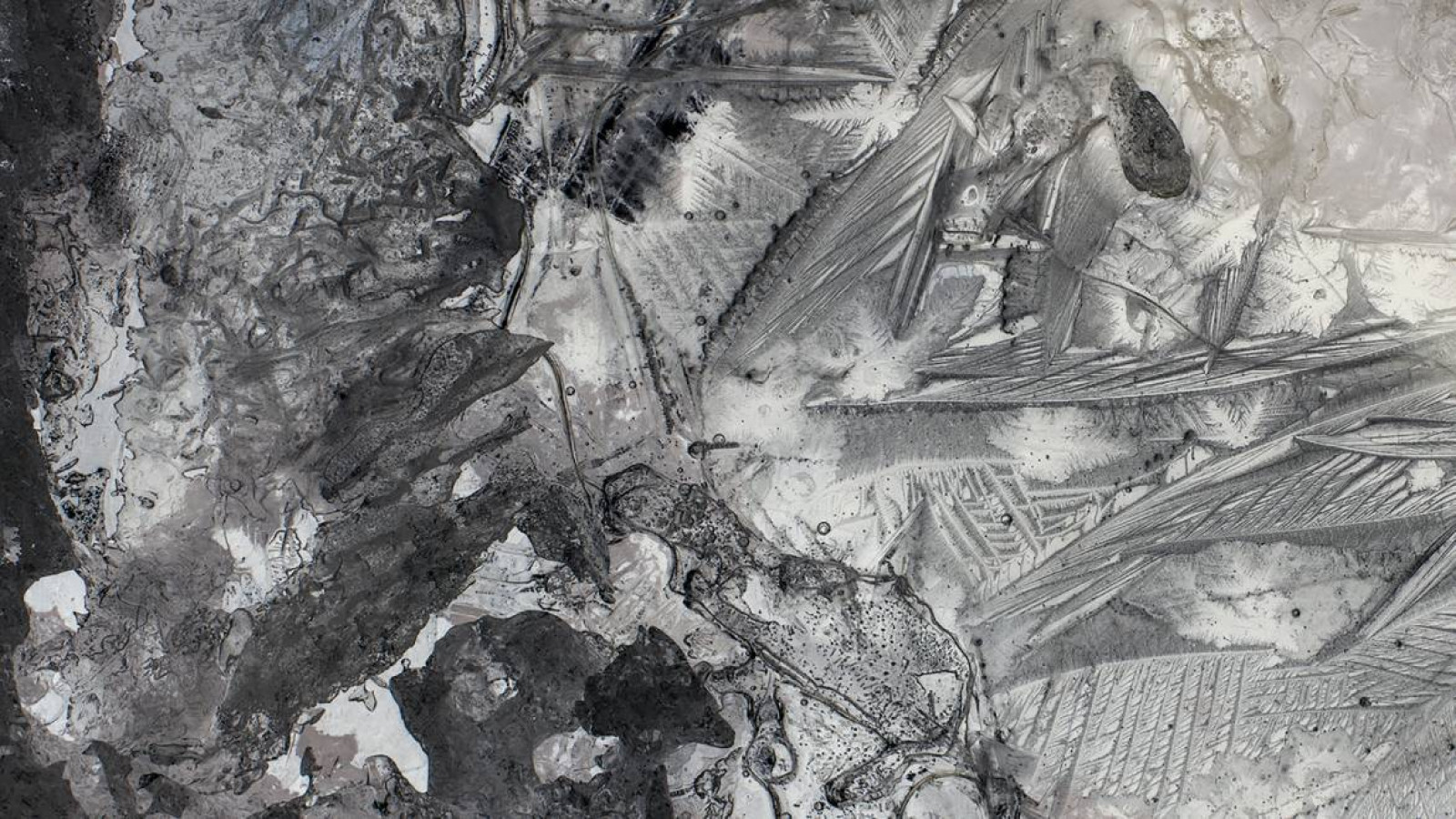
General Info
- Location
-
La Casa Encendida, Madrid
- Collaborators
-
María Morata
- Date
-
2021
- Typology
-
Public Program, Screening
Through a film series at La Casa Encendida, Preciosos Estratos aimed to create a necessary awareness of the geological as a primordial condition of our time through a film cycle. Curated by María Morata and hosted at La Casa Encendida, the series took place over four sessions.
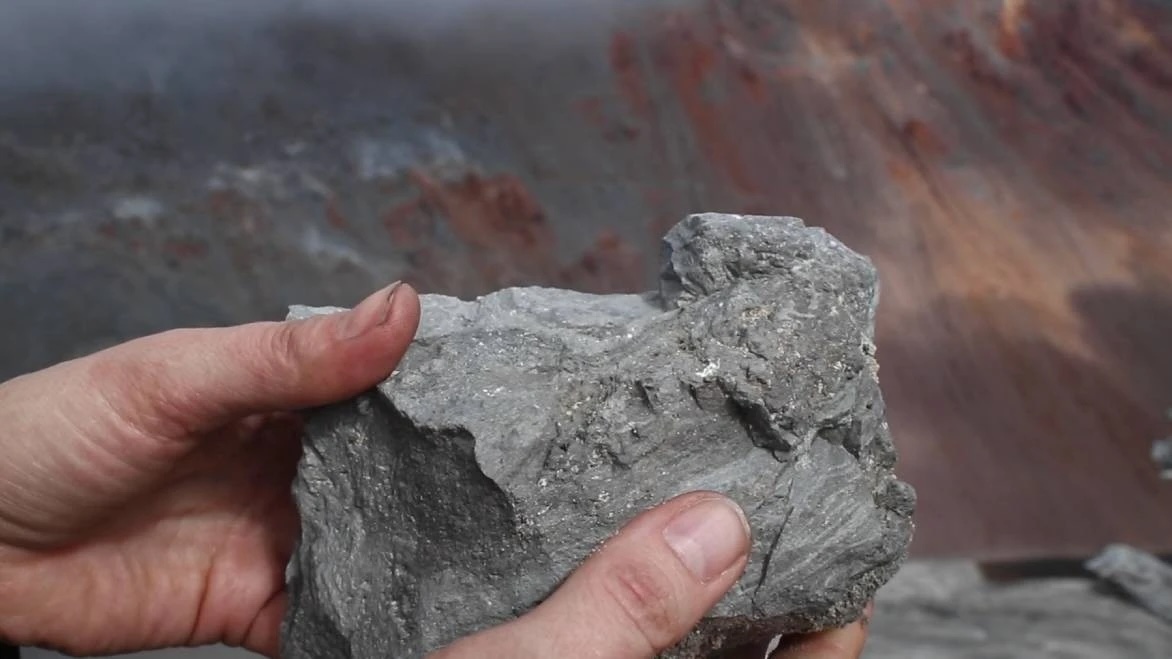
Imaginary Explosions, Episode 2 - Chaitén. Caitlin Berrigan
Conceptual Framework
The audiovisual pieces that made up the four sessions directed their gaze towards the deep layers of our planet and explored, from diverse artistic and critical perspectives, the earth's biochemical sedimentary structure and its complex relationships with the economic, political, and cultural spheres. Rethinking the materiality of the geological was a key aspect to understand the relationship between human and non-human agents within the contemporary context of the Anthropocene.
Capitalism and its voracious appetite for energy, material, and mineral resources was based on a logic of globalization that assumed their infinite and permanent availability. The human agent seemed to have the indisputable right to extract and exploit the subsoil for the sake of unrestrained economic growth. It was a paradox that a large part of the very materials that the Earth supplied to industry (fossil fuels, silicon, copper, aluminum, gold, bauxite, nickel, or uranium) were integrated into structures, machines, and technological devices that were used to continue drilling, extracting, and extracting materials from its entrails in a more efficient and optimized manner. The result was a circularity that was unsustainable and blind to biological, economic, and social imbalance Faced with this asymmetrical relationship between human and natural resources, the thinker Dipesh Chakrabarty advanced the concept of the planetary. This represented a change of perception of the Earth, which highlighted not only the finiteness of its materials but also the consideration of the deep layers of the planet as essential agents for developing new policies and managing new coexistences.
For decades, we had internalized the image of the Earth as the blue marble that NASA astronauts took on December 7, 1972, from Apollo 17—an external vision, from space, whose name already announced its fragility and vulnerability. The poetic transparency of the iconic crystal ball was imposed by the material solidity of the planet. New epistemologies were needed, and even new cartographies of this terra incognita, which were the sedimentary depths accumulated over millions of years, and how they had been modified by human actions.
The philosopher Bruno Latour warned of the imbalance that the human factor had introduced in the so-called critical zone: a thin layer of a few kilometers that included part of the subsoil and the atmosphere and that harbored all the biological activity of the Earth. A sensitive, reactive, and fragile zone, whose capacity for self-regulation and regeneration was at a clear disadvantage in the face of the industrial exploitation of its resources.
The four programs of the series addressed the geological as a primordial condition of our time from diverse critical perspectives: the magic and spirituality of telluric forces, the neo-extractivist and neo-colonial processes, the minerals and metals contained in the electronic devices that sustained our digital culture, as well as the speculative and feminist narratives that imagined conciliatory and responsible futures.
